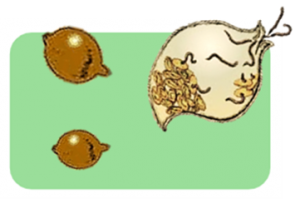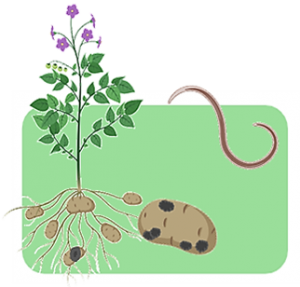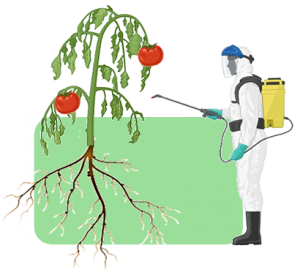TECH APPLICATION by Animal Model
PLANT PARASITIC WORMS
Plant parasitic worms, particularly nematodes, cause significant damage to crops, leading to severe economic losses worldwide. With a limited range of nematicides available and the increasing issue of chemical resistance, there is a pressing need for new, effective solutions. Monitoring nematode motility is the current gold standard for assessing the effectiveness of nematicides in vitro. However, most motility assays used to evaluate nematicide activity are time-consuming and low throughput, making them unsuitable for screening large chemical libraries. The WMicrotracker system offers a valuable solution for rapid screenings and automated biological readouts, enhancing the efficiency of nematode control research.
Technology compatibility:




Meloidogyne spp.
Meloidogyne spp., commonly known as root-knot nematodes, are among the most destructive plant parasitic nematodes, causing significant damage to a wide range of crops. The annual economic losses attributed to Meloidogyne infestations are estimated to reach billions globally. Their ability to form galls on roots disrupts water and nutrient uptake, severely impairing plant growth. The widespread resistance to many of the available chemical nematicides highlights the urgent need for the development of new and more effective control strategies.
- Meassurement of J2 viability using WMicrotracker ONE. Diogo JV, Phylumtech’s internal protocol. 96w. ONE.
- Isolation, Identification and Molecular Mechanism Analysis of the Nematicidal Compound Spectinabilin from Newly Isolated Streptomyces sp DT10. Yuchen Sun et al. Molecules 2023. 96w. ONE.

Heterodera schachtii
Heterodera schachtii, commonly referred to as the beet cyst nematode or sugarbeet nematode, targets over 200 plant species, including key agricultural crops like sugar beets, cabbage, broccoli, and radish. This globally prevalent plant pathogen is notorious for inducing symptoms such as stunted growth, wilting, and yellowing in infected plants, which often leads to reduced yields and even plant death. Among the various strategies for managing this nematode, crop rotation with resistant or non-host plants is often the most effective approach.
- Advanced screening methods for assessing motility and hatching in plant-parasitic nematodes. Kadlecová A et al. Plant Methods 2024. 96w ONE

Ditylenchus destructor
Before D. destructor was described in 1945 as a good species, it was regarded for a long time as a strain or race of D. dipsaci. Potatoes are the main host of D. destructor, but the nematode can also occasionally be found on bulbous Iris, carrots, Trifolium spp., groundnuts and garlic. Overall, some 70 crops and weeds and a similar number of fungus species have been recorded as hosts.
- Advanced screening methods for assessing motility and hatching in plant-parasitic nematodes. Kadlecová A et al. Plant Methods 2024. 96w ONE
- Biological activity of phenylpropanoid-type substances in nematodes. Bc. Romana Hendrychová. Thesis 2023. Bursaphelenchus mucronatus. 96w .ONE

